December Feeding Station Review

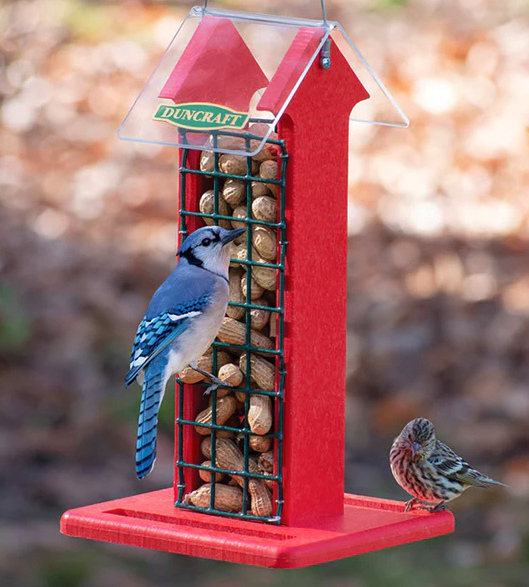
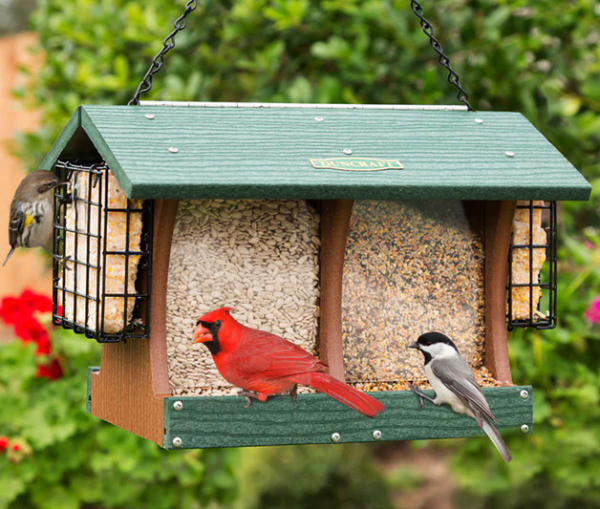
This Duncraft double hopper feeder with suet cages may be the ultimate combination feeder that allows you to provide 2 kinds of seeds and 2 flavors of suet. Read more
Outdoor commentary and legislative issues.

Goldfinch



This Duncraft double hopper feeder with suet cages may be the ultimate combination feeder that allows you to provide 2 kinds of seeds and 2 flavors of suet. Read more
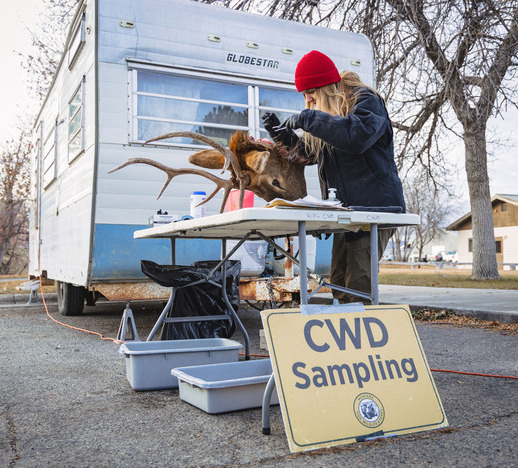
If you ask Yvette Bonney to describe the grossest thing she’s seen during her job, she talks about the time she removed an abscessed lymph node from the neck of a mule deer, which Montana Fish, Wildlife & Parks staff occasionally sees in deer.?
“All this green stuff oozed out,” Bonney says.?
She’ll also tell you about other times when she examined tick-infested heads, deer with injuries or heads that were no longer fresh but still sampleable.?
The job of a wildlife technician who samples dead animals for chronic wasting disease (CWD) isn’t always a glamorous one. But Bonney says she likes it. She arrives at her job site, which is an old Globestar camper with a folding table outside, before 8 each morning, takes out her tools and waits for the first hunter of the day. Read more

Archery season, firearm deer season and the holiday season — these are tried and true traditions that most every Michigander knows! If you’re a hunter looking for a way to give back and help protect the outdoors and wildlife you love, the Michigan Department of Natural Resources hopes you’ll take part in critical disease testing for deer you harvest.
As part of ongoing monitoring and management, the DNR is offering chronic wasting disease and bovine tuberculosis testing for deer harvested during the 2024 hunting season. Every head that is turned in will help wildlife managers better understand the scope and movement of CWD and bTB in Michigan.
Chronic wasting disease testing
CWD testing is focused on the northern Lower Peninsula and Upper Peninsula. Counties eligible for CWD testing include Antrim, Arenac, Baraga, Benzie, Cheboygan, Chippewa, Clare, Dickinson, Gladwin, Grand Traverse, Houghton, Iosco, Kalkaska, Keweenaw, Leelanau, Luce, Mackinac, Manistee, Ogemaw, Ontonagon, Otsego and Schoolcraft.
Hunters can submit samples for testing through the following options: Read more
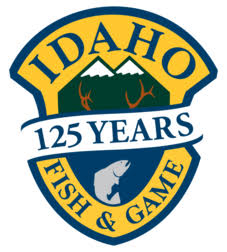
Idaho Fish and Game has been receiving an increasing number of reports of black bears getting into garbage and other attractants.
After repeated incidents of accessing unsecured residential garbage, a yearling black bear was euthanized north of Hailey on Thursday, November 14, 2024. The young male that weighed approximately 100 pounds had twice broken into a garage to find food and there were signs of the bear attempting to get into a house. Since the bear was showing increasingly aggressive behavior, the decision was made to trap and euthanize the bear to protect public safety.
Over the last several months Fish and Game has been receiving an increasing number of reports of black bears getting into garbage and other attractants in subdivisions and neighborhoods throughout the Wood River Valley. Since early August, well over 100 reports have been received by Fish and Game, with the common theme of a bear getting into residential garbage or other food sources. Read more
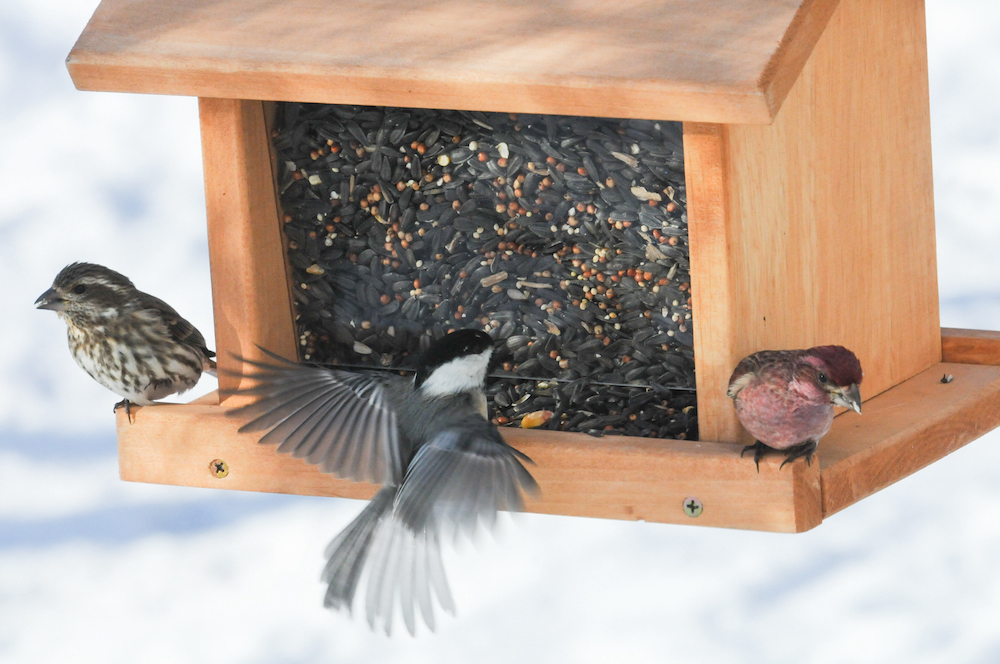
“Winter bird feeding is a great way to observe and learn about our year-round bird residents such as black capped chickadees, nuthatches and blue jays. It’s also a great time to learn about winter visitors such as evening and pine grosbeaks.” said Jillian Kilborn, Vermont Fish and Wildlife’s bird project leader.
Here are some basic bird feeding tips from Vermont Fish and Wildlife: Read more
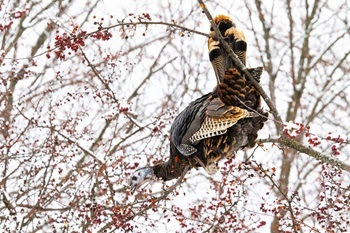
Did you know that turkeys not only gobble, they also cluck and purr? And in addition to flying, wild turkeys can even swim when they need to! Thanks to collaborative conservation, these incredible birds are thriving across Michigan.
In the early 1900s, overhunting and habitat loss nearly wiped out the state’s population, but the DNR and partners including the National Wild Turkey Federation worked together to reintroduce wild turkeys to the state and restore habitat they need to flourish.
Michigan’s oak-savannah habitats are of particular importance. These lightly forested grasslands with abundant oak trees provide turkeys with acorns to eat and habitat to build their nests at the base of trees, under shrub or in the tall grass. Oak-savannah habitats also support the nesting needs of migratory birds, such as the blue-winged warbler and eastern towhee. In addition to forests, Michigan’s wild turkey population can be found in fields, wetlands and urban and suburban parks.
The resurgence of wild turkeys is a conservation success story and a reminder of the impact that partnerships can have in protecting wildlife. Ongoing support and awareness of habitat conservation are essential to maintaining this progress. Learn more about Michigan’s wild turkey conservation efforts.
 Michiganders can help by volunteering with the DNR on public lands stewardship efforts, establishing food plots on their property, or participating in community science initiatives like turkey population monitoring each summer. Read more Michiganders can help by volunteering with the DNR on public lands stewardship efforts, establishing food plots on their property, or participating in community science initiatives like turkey population monitoring each summer. Read more |

A federally protected Mexican wolf was found dead northwest of Flagstaff, Ariz., on Nov. 7. Female Mexican wolf 2979 (F2979) was found dead in the vicinity of Forest Service Road 2058 and East Spring Valley Road. The incident is under investigation, and a reward of up to $103,500 is available for information that leads to successful prosecution in the case. No additional details about the cause of death are being shared at this time, except that the mortality was not related to agency management actions. Read more
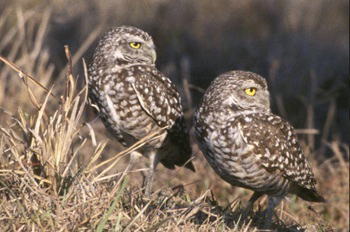
Michigan welcomed some rare owls to the Upper Peninsula this fall, a trend that is likely to continue as northern owls migrate south into Michigan for the winter. At the end of September, a burrowing owl (like those pictured here) was seen at Whitefish Point, on the northern tip of Chippewa County, for the first time since 1986! This sighting is one of only four known records in Michigan.
Vagrants that are seen in unusual places often return to their home range, and many folks suspect this particular bird was from Florida and visited Michigan as a result of Hurricane Helene. Just a few weeks later, a northern hawk owl also was spotted at Whitefish Point. Northern owls such as the northern hawk owl can show up in the Great Lakes region each winter, leaving their colder habitats like the boreal forests of Canada and the Arctic tundra behind – but this visitor arrived a season early!
Both owls drew crowds of interested birders and photographers, and each season hundreds of species draw us outdoors as they flit in the treetops, hop through shrubs or run along shorelines. Whether in the backyard or deep forest, birding best practices can help protect our Great Lakes birds and visitors. Here are a few to start:
Get more top tips and explore helpful resources to guide your next birding trip.
Questions? Contact Erin Rowan Ford at 313-820-0809.
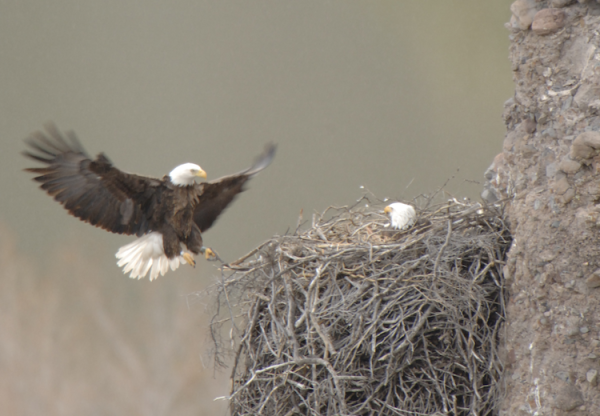
2024 breeding season breaks multiple records
Arizona’s breeding bald eagle population grew to its largest size ever documented, with a record 90 adult pairs occupying breeding areas across the state and hatching a record 96 young during the 2024 breeding season, according to the Arizona Game and Fish Department’s annual survey.
This year’s breeding bald eagles laid at least 119 eggs and produced 96 hatchlings, of which 77 reached the important milestone of their first flight, known as fledging. Statewide, there were 104 documented breeding areas, including seven new sites in 2024.
“Arizona’s bald eagle population continues to be strong,” said Kenneth “Tuk” Jacobson, AZGFD bald eagle management coordinator. “The fact that we continue to see an increase in breeding areas and hatchlings speaks to the resiliency of these magnificent animals and the effectiveness of ongoing efforts to help conserve and protect Arizona’s bald eagles.”
From busy city golf courses to remote forests, the diversity of the active eagle breeding sites across Arizona requires a specialized approach.
“We evaluate each breeding area, its location, the breeding adults and their tolerance to human activities,” said Jacobson. “Then we form the management plan for that area and for the needs of that pair.” Read more
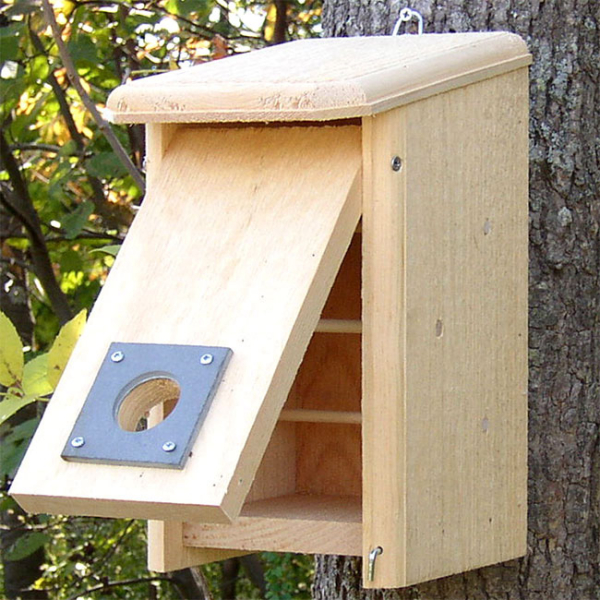
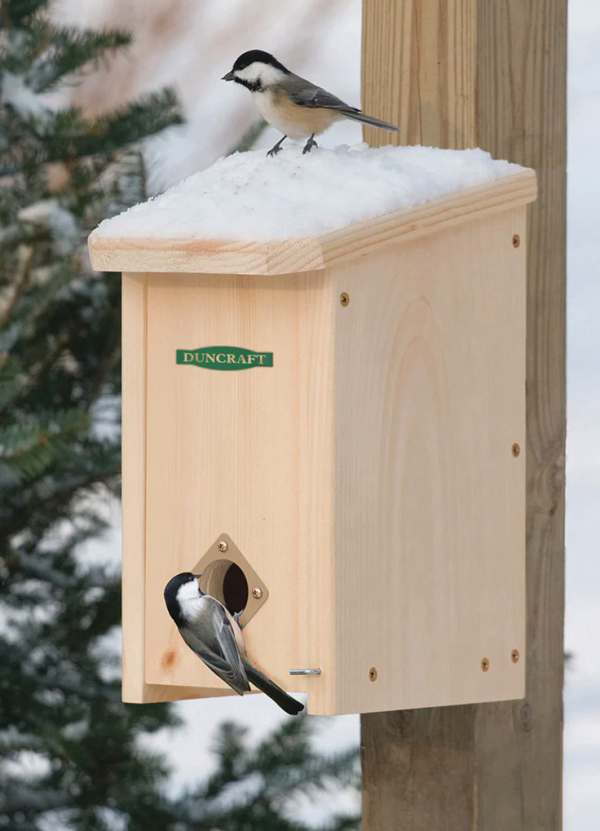

Some cavity nesting birds will use a nest box as a roosting location overnight and during inclement weather during late fall and winter. This is especially true for small owls and woodpeckers, and some cavity nesting songbirds like bluebirds and chickadees. Better yet though, are “Convertible Boxes” that can be used as a roost box during fall and winter, and as a nest box during spring and summer – and they are becoming big hits among birders. They are truly real 2-in-1 birding products that can benefit birds year-round. Read more